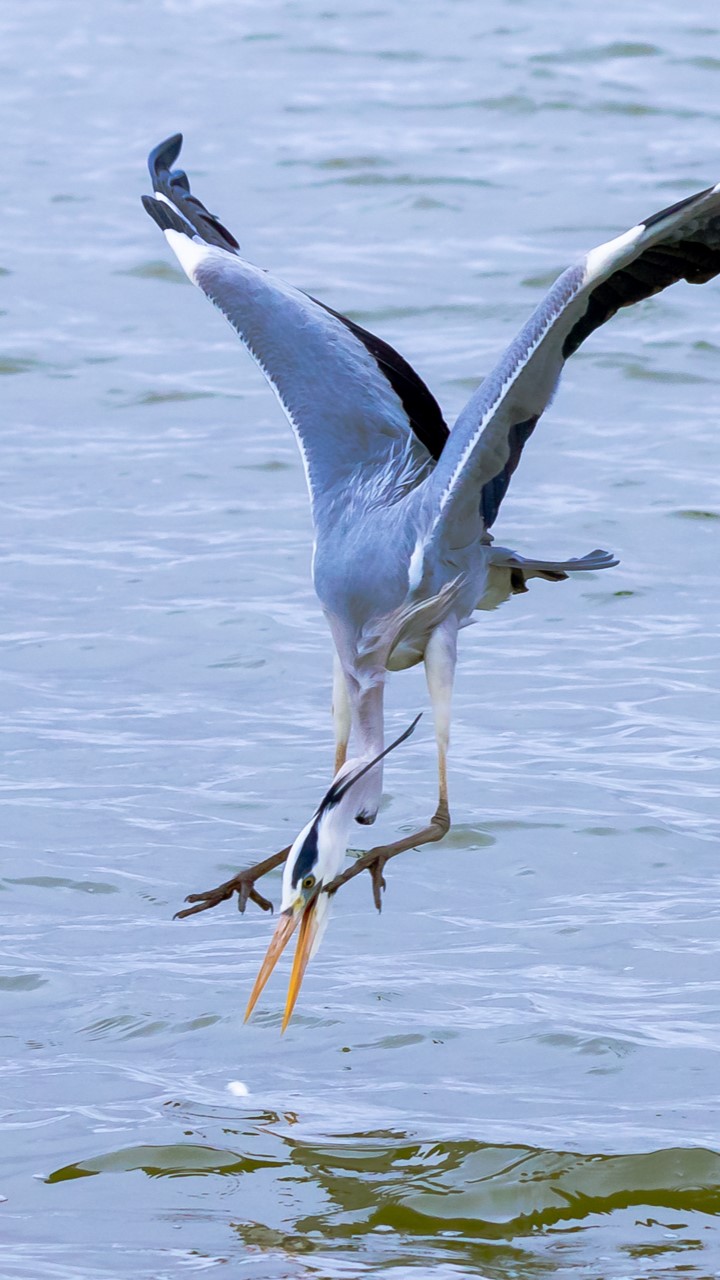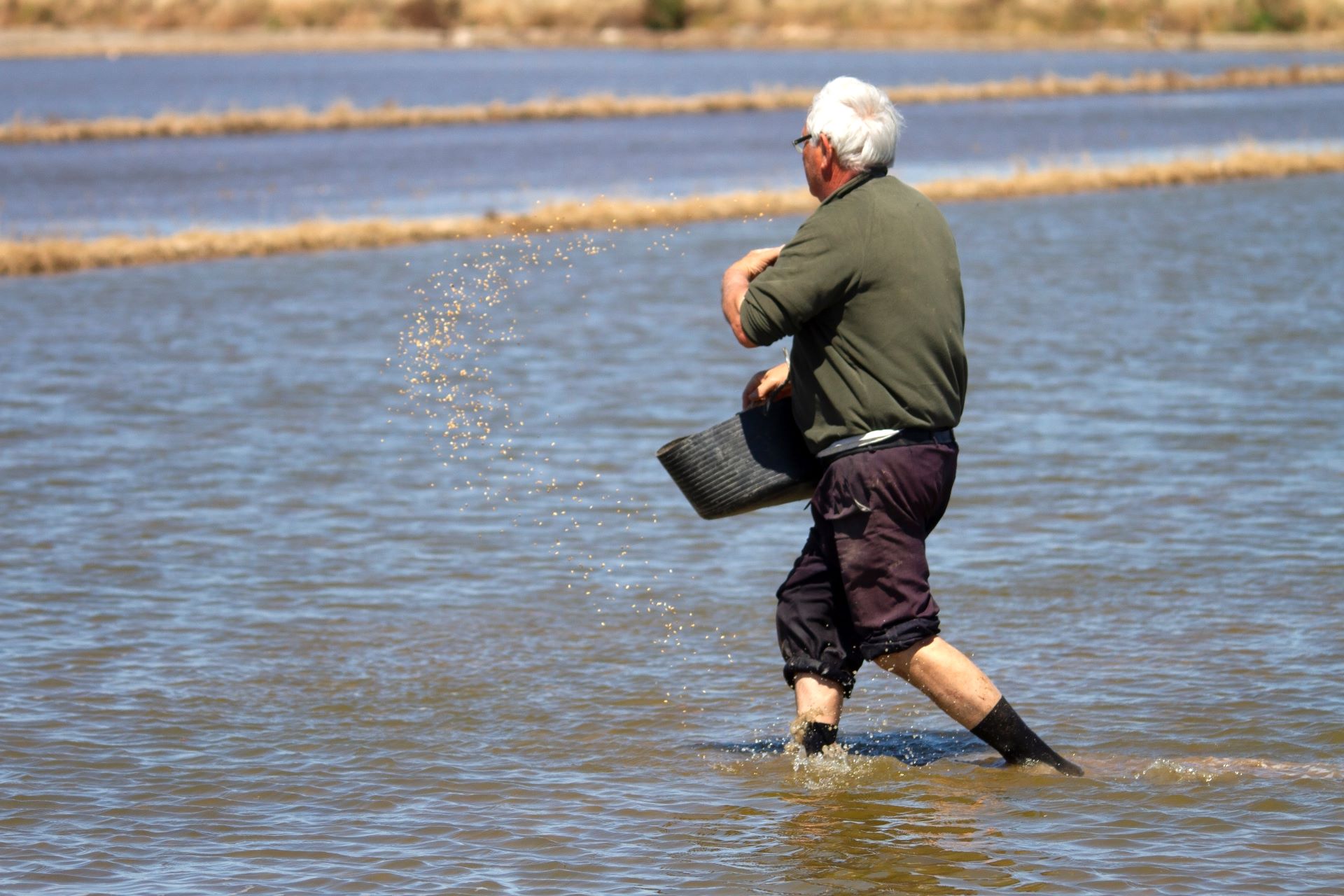Spain ranks fifth globally with 76 Ramsar-listed wetlands, but 85% suffer alarming conservation issues.
The Albufera wetlands include a freshwater lagoon and estuary on the Gulf of Valencia. The lake covers 3,000 hectares (15% of the Albufera surface), making it Spain’s largest freshwater lake. The Albufera is facing the threats of water pollution, disrupted flow, marsh silting, and urbanization. Its proximity to Valencia has intensified pressures from infrastructure development, tourism, and recreational activities. Adjacent to the Gulf of Valencia on the Mediterranean coast of Eastern Spain, the Albufera wetlands remain however a hotspot for biodiversity and provide crucial resources for local communities.
Fishing has been an integral part of human history in the Albufera lake. Three fishing communities (Catarroja, Silla, and El Palmar) continue this tradition, though the declining water quality has diminished the variety and abundance of prized species. The marshlands, once part of the lake, now serve as expansive areas dedicated to rice cultivation, a cornerstone of the local human and natural ecosystem. The agricultural field covers almost three-quarters of the Albufera surface and we can still find traditional rice cultivation techniques – like ‘fangueo’ – in this area.
The Albufera gained global recognition in 1989 when it was added to the List of Wetlands of International Importance under the Ramsar Convention. Spain ranks 5th globally with 76 Ramsar-listed wetlands, but 85% suffer alarming conservation issues. This photo essay by Juan Solbes emanates from his book with boatman Vicente M. Muñoz Gras La Albufera de Valencia. DESDE DENTRO (2022) that transmits a harmonious blend of nature, agriculture, and cultural heritage.















